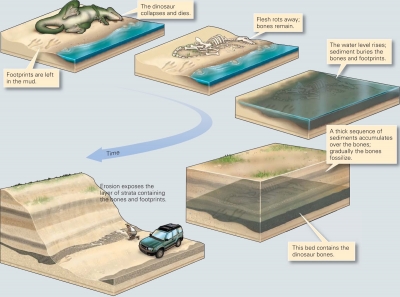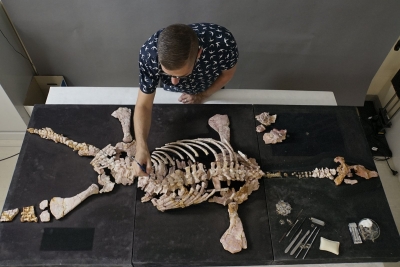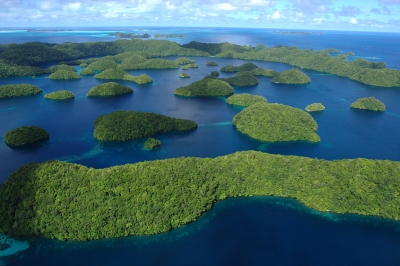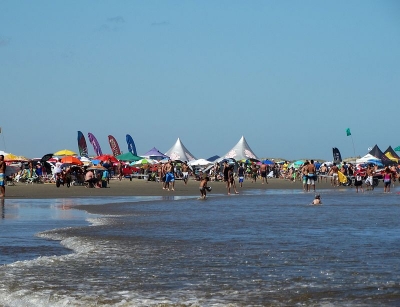WHY IS THE CAMBRIAN PERIOD IMPORTANT?
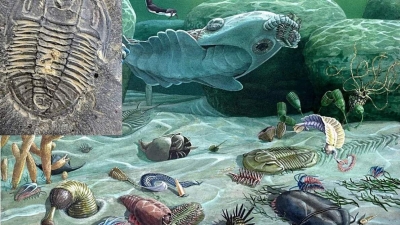
|
The Cambrian period extended from 541 to 485.4 million years ago. It was a time when the Earth was still cold but gradually getting warmer. All pre-Cambrian life was aquatic and soft-bodied. But because Cambrian creatures had hard body parts, many of the earliest known fossils are from this period. |
The Cambrian Period marks an important point in the history of life on Earth; it is the time when many kinds of invertebrates and the first vertebrates—fishes—appeared in the fossil record. The Burgess Shale contains the best record of Cambrian animal fossils including soft-bodied forms. This locality reveals the presence of creatures originating from the “Cambrian explosion”—an evolutionary burst of animal origins dating from 545 to 525 million years ago. The “explosion” describes the very rapid proliferation of a truly amazing diversity of living things on Earth. Most of these creatures are now extinct and are known only from their fossils.
During Cambrian time, life was only common in the water. The land was barren and subject to erosion; these geologic conditions led to mudslides, where sediment periodically rolled into the seas and buried marine organisms. At the Burgess Shale locality in the Canadian Rocky Mountains, sediment was deposited in a deep-water basin adjacent to an enormous algal reef with a vertical escarpment several hundred feet high.
Credit: National Park Service
Picture Credit : Google
